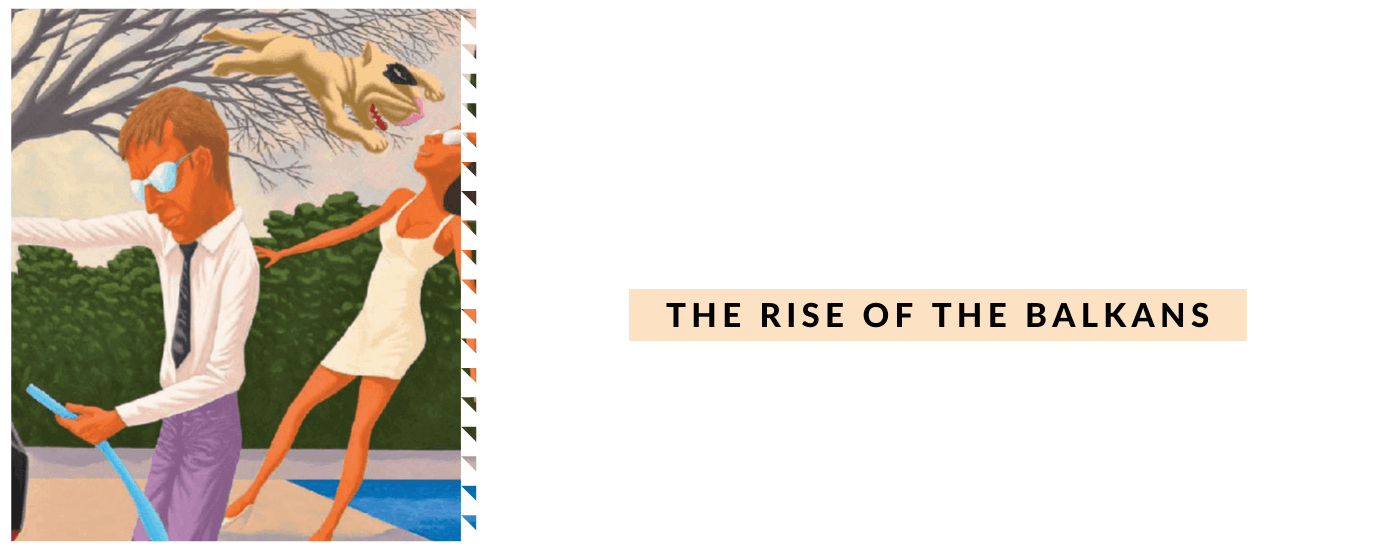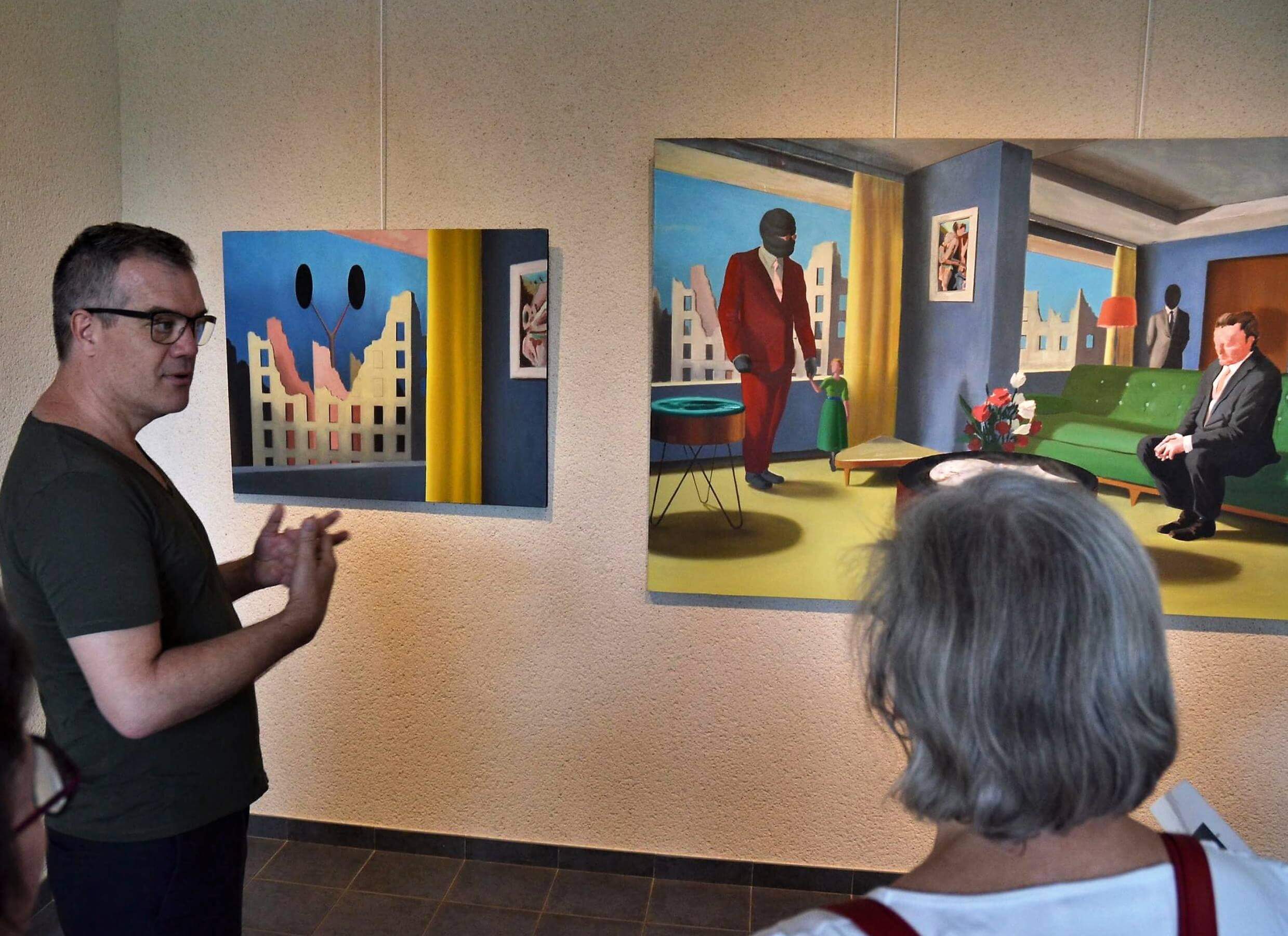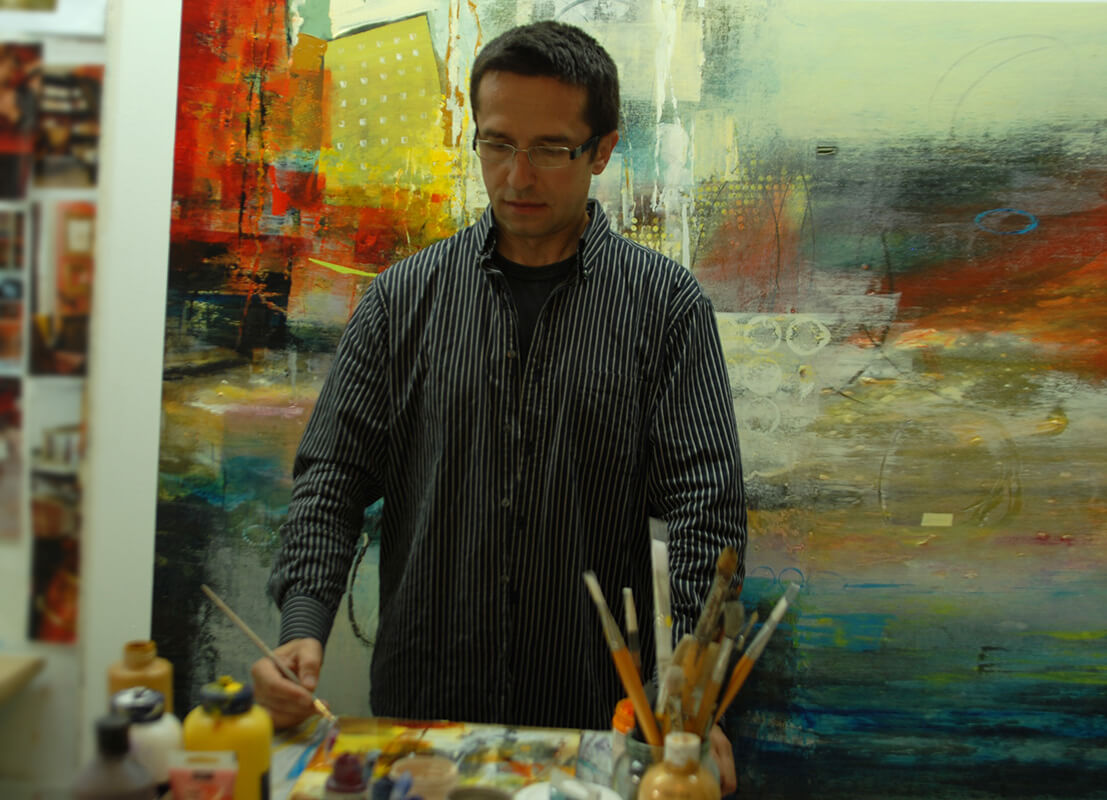BELGRADE, CITY WITHOUT PAST
Comfortably set up between the Save and the Danube, leaning against the Sumadija forest and proudly facing the plain of Pannonia, Belgrade is one of those cities whose ideal geographical situation has triggered many lusts and invasions.
In the course of its long, winding history, the White City has seen a lot of tribes with the Goths, the Huns, the Romans, the Bulgarians, the Hungarians, the Austrians, the Turks and the Germans... Carrefour between the West and the East, this cauldron of two million inhabitants was destroyed more than thirty times, the last in 1999 after 78 days of NATO bombing.
Another time, in the nineties where these republics of former Yugoslavia spent their time splitting and committing genocides based on ethnic differences as ridiculous as tiny.
Since, water has flowed under the bridges of the Danube and Belgrade, whose pulse beats at the same rate as the Balkans, invents itself a present and a future without complications or constraints and without paying attention to the past and its precepts.
After almost a decade of torpor, the Berlin of the Balkans became the nickname of Belgrade. Between alternative character, artistic effervescence and cultural dynamism on the margins of the institutions, western artists converge while the premises emerge. Deprived of museums, the two national structures are closed, the private initiatives are plebiscite "as there is not much money, we tinker with quite a lot of poetry" explains Misko Necak, filmmaker. Ljudmila Statimirovic opened the Grad Cultural Center in Savamala, while the young couple of “Robin Hood’s” of culture, Maja and Ivan Lalic, invented the Mikser Festival, a kind of platform of Arts.
Two remarkable initiatives among the hundreds of art galleries that are increasing in Serbia, Bosnia, Bulgaria, Macedonia and around the region.
In the course of its long, winding history, the White City has seen a lot of tribes with the Goths, the Huns, the Romans, the Bulgarians, the Hungarians, the Austrians, the Turks and the Germans... Carrefour between the West and the East, this cauldron of two million inhabitants was destroyed more than thirty times, the last in 1999 after 78 days of NATO bombing.
Another time, in the nineties where these republics of former Yugoslavia spent their time splitting and committing genocides based on ethnic differences as ridiculous as tiny.
Since, water has flowed under the bridges of the Danube and Belgrade, whose pulse beats at the same rate as the Balkans, invents itself a present and a future without complications or constraints and without paying attention to the past and its precepts.
After almost a decade of torpor, the Berlin of the Balkans became the nickname of Belgrade. Between alternative character, artistic effervescence and cultural dynamism on the margins of the institutions, western artists converge while the premises emerge. Deprived of museums, the two national structures are closed, the private initiatives are plebiscite "as there is not much money, we tinker with quite a lot of poetry" explains Misko Necak, filmmaker. Ljudmila Statimirovic opened the Grad Cultural Center in Savamala, while the young couple of “Robin Hood’s” of culture, Maja and Ivan Lalic, invented the Mikser Festival, a kind of platform of Arts.
Two remarkable initiatives among the hundreds of art galleries that are increasing in Serbia, Bosnia, Bulgaria, Macedonia and around the region.


















